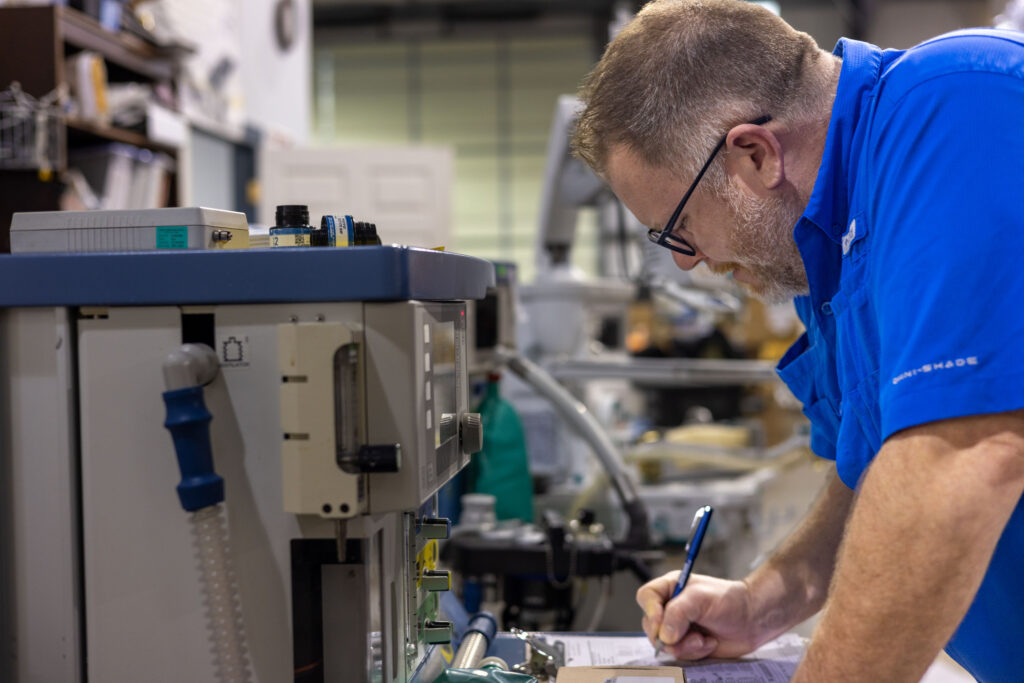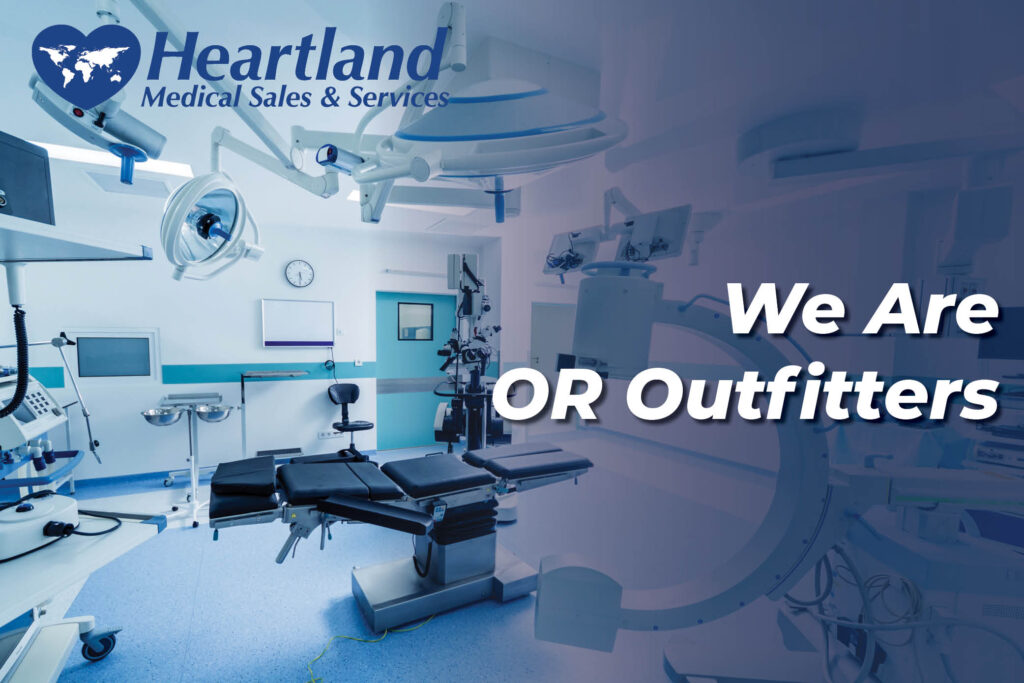Did you know that the number of people who were workers in the US healthcare industry in 2019 was 22 million? Additionally, this is one of the US’s fastest-growing and largest sectors and accounted for 14% of all workers in the US in 2019.
If you’re one of the many people who work in the healthcare industry, you might be curious about how to sterilize medical equipment. If you don’t have the right answer to this question, you might be feeling stressed.
Fortunately, in this article, we’ll review the proper procedure you need to use for sterilizing medical equipment.
Finally, you can ensure that you sterilize equipment properly, protecting your patient’s health as much as possible (and yourself from lawsuits). Read on to learn more.
Step 1: The Precleaning Process
The first step you take when completing the medical sterilization of equipment is the precleaning process. There are two different ways of precleaning. One of these is the irrigation with water form (preferably, this will be distilled water).
The other is to spray with transport foam or gel. Typically, this is an enzymatic cleaner. Enzymatic cleaners eat away at the soil left by patients.
Step 2: Decontamination
The second step in the sterilization process is the decontamination step. Typically, this involves cleaning the instruments manually with the aim of removing gross soil. Optically, this is followed by the use of a cleaner that’s of the ultrasonic type.
With the ultrasonic cleaner, you’ll remove any of the residual patient soil. However, note that this will only be the case if the instrument has a tolerance for sonication.
Next, any items that are eligible for the process will be put into an automated washer-disinfector. Then, they’ll be cleaned in it.
After this occurs, technicians will inspect these items. This way, they can ensure that the items are functional and clean. Then they’ll package the items so that they’re ready for the sterilization step.
Step 3: Sterilize Medical Equipment
After you’ve completed steps one and two, you’ll complete the third step: sterilizing the medical equipment. There are different ways you can sterilize medical equipment, including autoclaving, ethylene oxide, vapor hydrogen peroxide, and others.
Autoclaving
Autoclaving, which people also refer to as steam sterilization, is a process that you can complete in two different ways. If you’re wondering, “How do you sterilize medical equipment using the autoclaving method?”, the answer is that you do it either with gravity displacement or dynamic air removal.
Gravity Displacement
When you use the gravity displacement autoclaving method, the steam comes in through the autoclave chamber’s top and it pushes the air out through the bottom. This isn’t a good match for instruments that are complex.
However, it’s a great choice for simple devices or ones that could end up experiencing damage if they were in a vacuum. Gravity displacement offers less throughput and takes longer than other methods.
Dynamic Air Removal
With this process, the autoclave will cause different things to occur. These include steam and vacuum pulses, vacuum pulses, and venting to pressure that’s ambient. The autoclave will alternate these.
This is so that it removes air from the instruments and chamber, allowing steam to penetrate what’s in the chamber. For most applications, vacuum cycles are a good idea.
This is because, when this option pulls the air out, it ensures that the steam will, in a sequence of pulses (three to four of them), have contact with the entirety of the instrument.
Because they remove air from instruments actively, vacuum cycles make sterilization faster. There’s nothing between the instruments and the steam.
Ethylene Oxide
An alternative, for medical items that can’t be sterilized using steam, is ethylene oxide. For low-pressure sterilization, this used to be the most popular process. However, as it’s a slow process, the vapor hydrogen peroxide process has started to replace it.
Vapor Hydrogen Peroxide
Another low-temperature sterilization form is vapor hydrogen peroxide. Even though it initially had material and market problems, many of these issues have been resolved. For this reason, for low-temperature sterilization, vapor hydrogen peroxide is now the dominant method.
There is a variety of manufacturers of vapor hydrogen peroxide. Their processes, at least the ones that are used in hospitals, are essentially equivalent. The aim of all of these is low-temperature sterilization.
Different manufacturers will use ozone or gas plasma as part of the cycle of sterilization.
However, these parts aren’t actually directly related to the sterilization itself. Ozone and gas plasma are present so they can help in destroying residual hydrogen peroxide.
Other Forms of Sterilization
Other forms of sterilization include flash sterilization and peracetic acid sterilization. Flash sterilization also uses steam. However, when it comes to routine sterilization processes, this is not recommended to be a good option.
As for peracetic acid sterilization, this involves using peracetic acid to remove surface contaminants on endoscopic tubing. These surface contaminants are primarily protein.
This is a low-temperature, microprocessor-controlled sterilization method that people use commonly within the United States.
Need More Information?
Now that you’ve learned about how to sterilize medical equipment, you might need more information. Maybe you want help deciding on the best sterilization method for you, or you want to learn more about different medical equipment types.
Whatever information you need, we can help. At Heartland Medical Sales & Services, LLC, we’re experts when it comes to medical equipment.
We also sell many types of medical equipment, such as defibrillators, anesthesia machines, endoscopy equipment, and more. To learn more about our equipment, check it out now.
"*" indicates required fields




